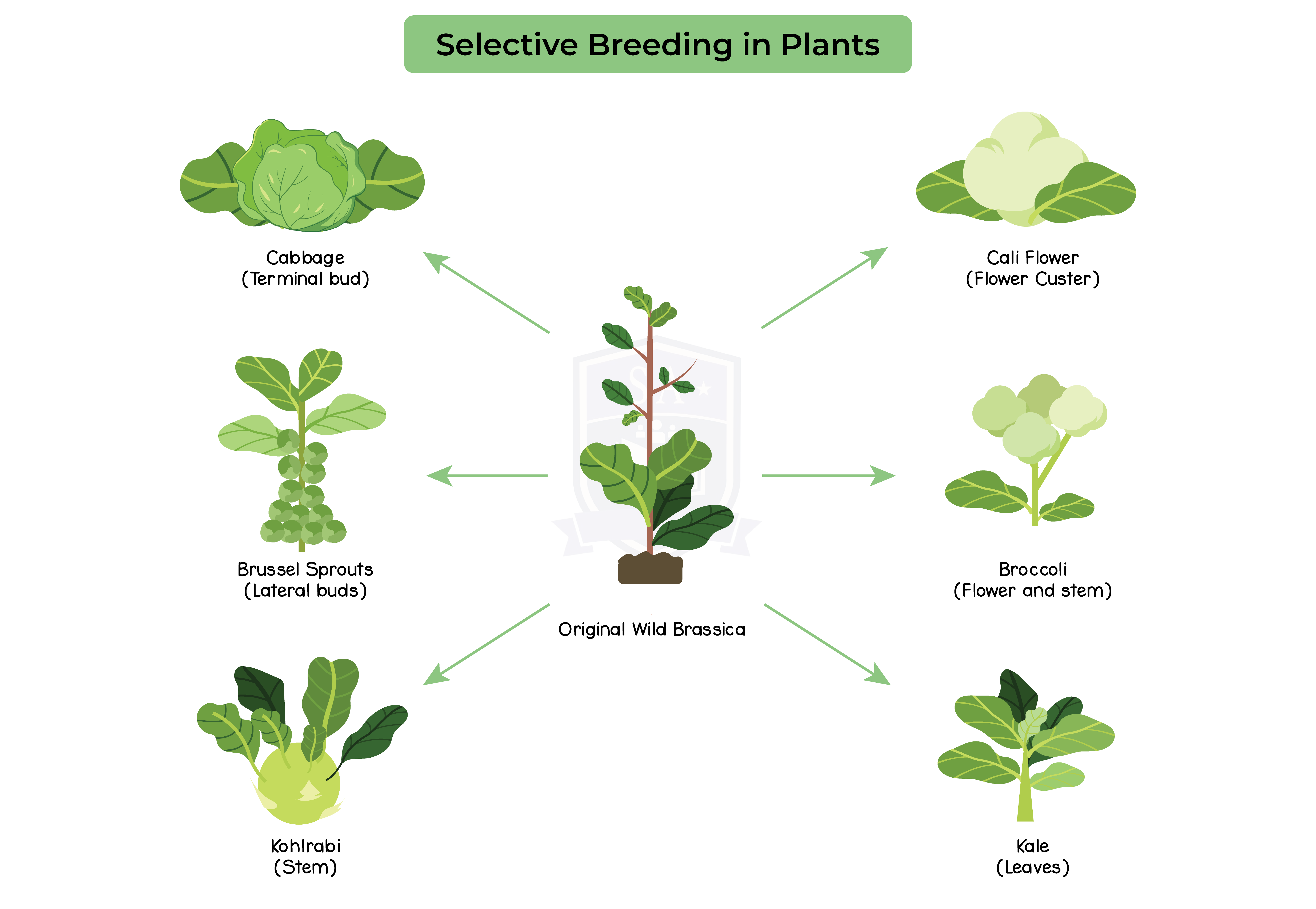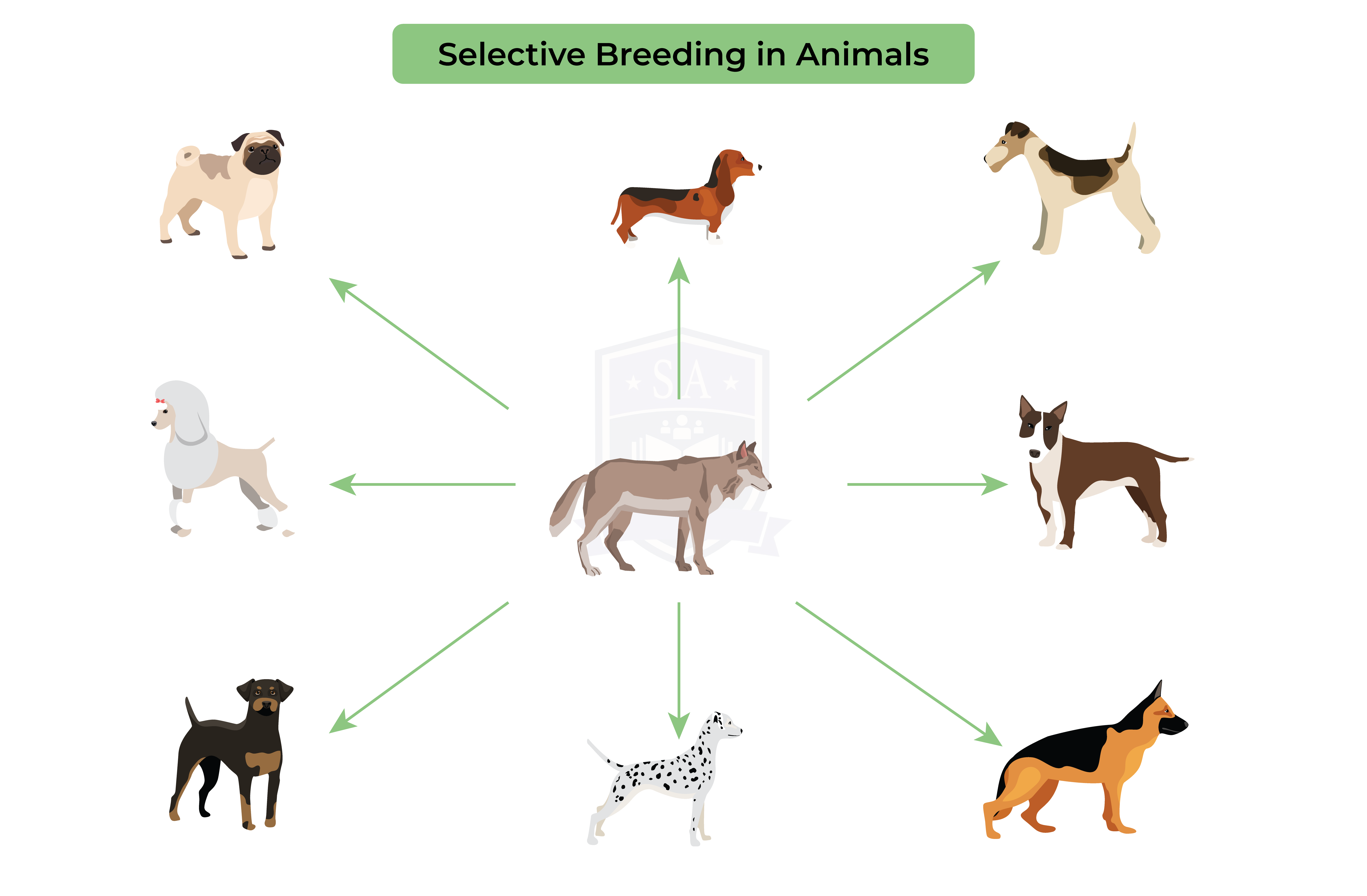REVISION NOTES
IGCSE Edexcel Biology
5.2 Selective Breeding
5.2.1 Understand how selective breeding can develop plants with desired characteristics

Selective breeding:
- The process of breeding individuals with desirable traits together
- In the first generation not all offspring express the desired trait
- Offsprings expressing the desirable trait are selected and bred together
- This pattern is repeated over multiple generations
- Until all offsprings start reliably expressing the desired trait
- Same process is used for animals and plants
Selective breeding of plants:
- Plants are selectively bred for characteristics such as:
- Disease resistance in agricultural crops to increase crop yield
- Resistance or tolerance to harsh weather conditions for increased crop yield
- Better tasting fruits
- Large or better looking flowers
5.2.2 Understand how selective breeding can develop animals with desired characteristics

Selective breeding of animals:
- Animals are selectively bred for characteristics such as:
- Cows, goats and sheep producing more milk or meat
- Sheep that produce better quality wool
- Horses that have better features and are faster
Disadvantages of selective breeding:
- Can lead to inbreeding
- Occurs when plants or animals closely related to each other are bred together
- Decreases the variation of genes within the population
- Number of different alleles decreases
- Decreases the size of the gene pool
- Increases chances of inheriting genetic diseases
- Population is more vulnerable to unforeseen pathogens

